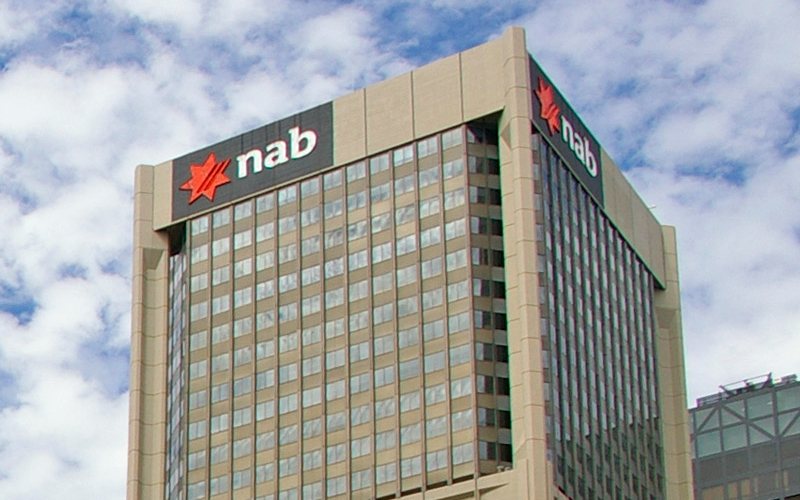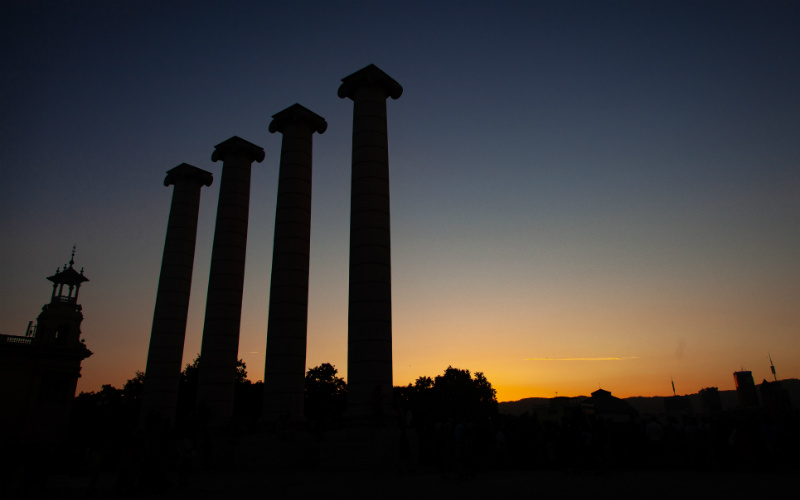The bank announced the relief funds on Tuesday, offering support for eligible customers struggling to pay for emergency expenses in the cyclone’s wake.
Customers in Townsville and the Burdekin Shire need to have suffered significant damage to homes, farms, or businesses to be eligible.
Those who have realised minor damage to homes, personal items, appliances, sheds, gardens, garages, or damage to investment properties or holiday homes aren’t eligible for the grants.
“This will be a testing time for our communities and we’re standing by them, providing immediate assistance and making $1,000 grants available to help those most affected,” NAB executive of retail Queensland Chris Francis said.
Customers are being encouraged to contact NAB as soon as possible if they have been impacted by ex-Tropical Cyclone Kirrily.
The Disaster Relief Grants will remain open for severely impacted and eligible NAB customers until 13 February.
Other supports offered to customers of the bank include loan deferral or reduced payment arrangements, hardship support, and the deferral of upcoming credit card repayments.
Customers might also be able to have fees and charges related to making payments or accessing term deposits early waived or refunded.
Meanwhile, grant applications for NAB customers impacted by the storms that hit South East Queensland on Christmas night will remain open until 31 January.
Those grants, also worth $1,000, are available to customers whose homes, businesses, or farms were severely damaged by the storms and are designed to cover emergency expenses.
CommBank is also providing support to customers following the landing of ex-Tropical Cyclone Kirrily.
“We are offering customers a range of tailored support options and our website has the most up-to-date branch and service information,” CommBank retail banking services group executive Angus Sullivan said.
ANZ and Westpac also offer specific disaster relief support for customers, which can be found on their respective websites.
Government grants available to impacted Queenslanders
Meanwhile, families impacted by the cyclone can apply for up to $900 of hardship assistance from the Queensland Government.
“If you have had to throw away food, medicines or other essentials because of loss of power resulting from the cyclone – even if your power was out for just a couple of days – you can apply for an Emergency Hardship Assistance Grant,” Queensland Minister Leeanne Enoch said.
“For residents who lose essential services, like power, for more than five days, help is available through the Essential Services Hardship Assistance Grant.
“We have dedicated Community Recovery team members processing grants as quickly as possible so that funds make it into bank accounts promptly.”
The cyclone made land late on 25 January before being downgraded to a tropical low the following day.
It saw 66,000 households without power in North Queensland at its peak, according to Ergon Energy.
The electricity distribution network provider expects all customers to have power restored by Tuesday evening.
Insurer receives hundreds of claims for damage to homes
Suncorp Insurance has received more than 500 claims from customers impacted by the cyclone, with the vast majority being home claims.
“Communities in the path of ex-Tropical Cyclone Kirrily were largely spared the worst of the wind and rain as the system downgraded and quickly headed further inland,” Suncorp Group CEO Steve Johnston said yesterday.
“While this means we have seen less damage than expected in the more densely populated coastal communities in North Queensland, we are seeing significant rainfall and storms in southern parts of the state, and we will be closely monitoring the movements of the system over coming days.”
The insurer expects to front a $568 million natural hazards bill for the six months ended 31 December.
It comes after rain, storms, hail, and ex-Tropical Cyclone Jasper affected much of the East Coast in November and December, with the Gold Coast and Cairns among the most impacted regions.
According to Insurance Council of Australia estimates, ex-Tropical Cyclone Jasper and the Christmas and New Year storms in South East Queensland combined caused more than $743 million in insured losses.
Image by NOAA-20 on Wikimedia Commons



 Harry O'Sullivan
Harry O'Sullivan
 Harrison Astbury
Harrison Astbury

 Denise Raward
Denise Raward
 William Jolly
William Jolly
